Embrace Change Without Overwhelm
April 2025 / Anastasiia skurtul
In today’s landscape, change isn’t a surprise. It’s the air we breathe.
Whether you're leading a nonprofit, building a small business, or scaling a new venture, one truth holds steady: Change isn’t a disruption anymore — it’s the environment. And the leaders, teams, and organizations that thrive aren’t the ones who avoid it.
They’re the ones who know how to move with it, without losing their clarity, momentum, or sanity.
Here’s how high-performing organizations embrace change — and how you can too.
1. Ground Yourself in Your Mission
When everything around you shifts, your why becomes your anchor. Your mission isn’t just a tagline on a website — it’s the foundation for every pivot, every strategy shift, and every decision you’ll make.
Tip: When you’re feeling overwhelmed by options, pressure, or noise, pause and ask: "Is this aligned with our mission — or is it just distraction?"
Mission-first thinking gives you a filter to cut through chaos.
2. Think in Phases, Not Perfection
One of the fastest ways to invite overwhelm? Trying to “fix” everything at once.
Smart organizations think in phases. They know that sustainable change happens step-by-step, not in giant, exhausting leaps. It’s better to move strategically than to burn out sprinting toward an imaginary “perfect” version of your business or nonprofit.
Tip: Focus on one meaningful shift at a time — whether it’s improving your donor outreach, upgrading your client experience, or streamlining internal operations.
3. Choose Action Over Anxiety
Anxiety feeds on uncertainty. And when you're leading through change, uncertainty is part of the territory. The cure? Clear, intentional action.
You don’t have to know every move 10 steps ahead. You just need to make the next best decision.
Each small, aligned action builds momentum. Momentum builds confidence. Confidence quiets fear.
Tip: Don’t let overthinking freeze you. Progress, not perfection, moves you forward.
4. Let Go of Old “Shoulds”
The strategies that built your success five years ago may not fit today’s landscape. And that’s not a failure — that’s evolution.
Holding on to outdated models because of “shoulds” is a fast track to stagnation.
The best leaders and organizations stay curious. They adapt not because they’re failing — but because they’re committed to what’s next.
Tip: When facing change, ask: "If I were starting fresh today, what would I do differently?" That question can unlock incredible clarity.
5. Build in Breathing Room
You cannot innovate, adapt, or lead at your best if you’re constantly running on fumes.
Change demands energy.
And energy requires care. It’s not “weak” to slow down — it’s smart. Real leaders know that rest, reflection, and strategic pauses aren’t luxuries — they’re essential business practices.
Tip: Schedule time not just for “doing,” but for thinking, dreaming, and evaluating. Your future self (and your organization) will thank you.
Change Isn’t the Enemy. It’s the Invitation.
Change doesn’t have to mean chaos.
It can mean growth.
It can mean clarity.
It can mean reinvention, opportunity, and impact — if you give yourself permission to move forward differently.
You’ve navigated hard seasons before. You’ll navigate this one too — and come out even stronger.
Now’s not the time to cling to what was.
It’s the time to build what’s next.
Let's lead forward.
